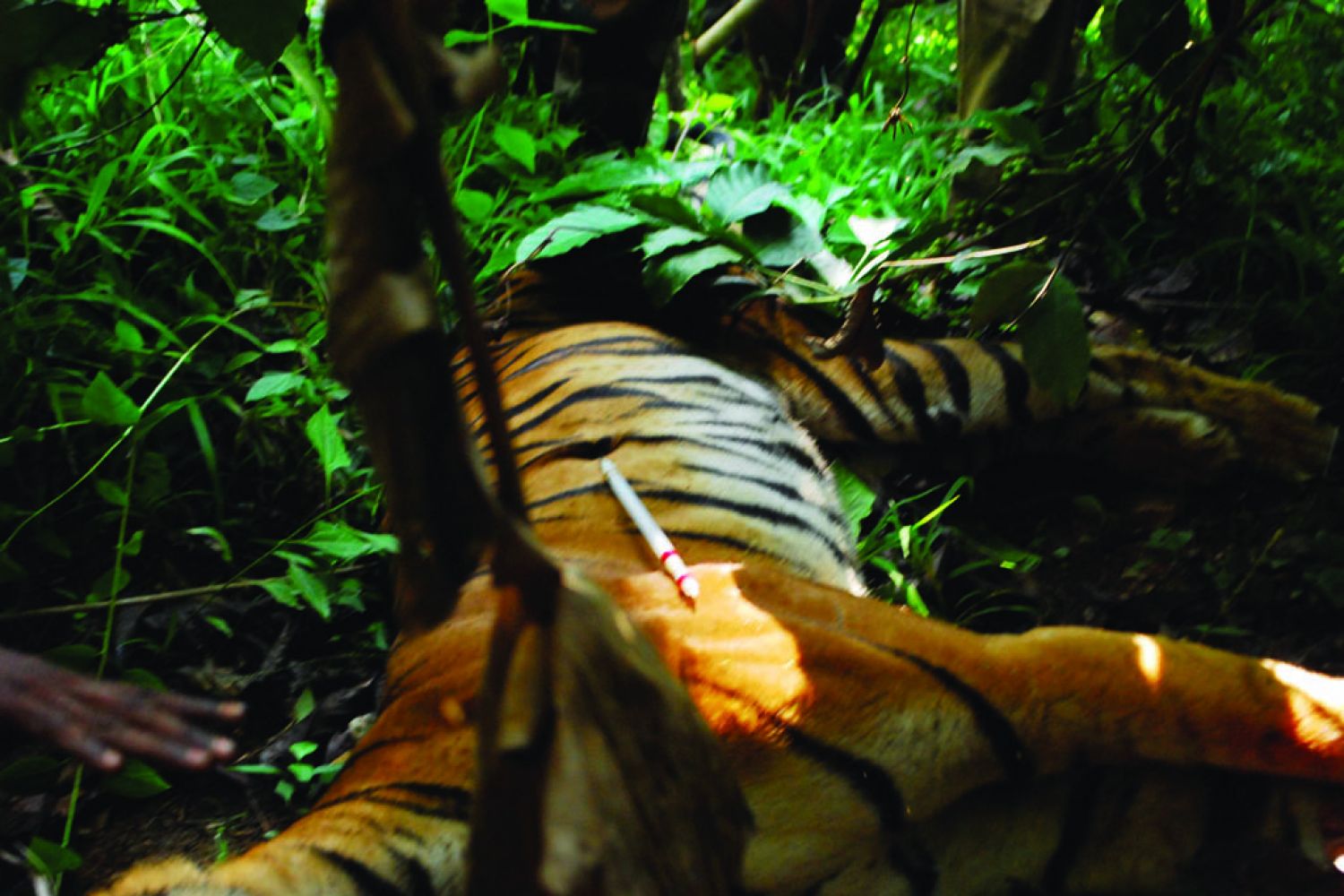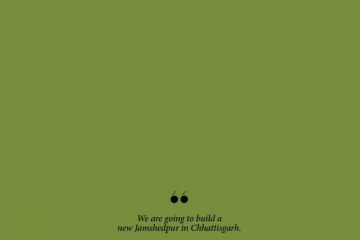
The hills kept us company
as the road wound its way out of Ramnagar, Uttarakhand, in the sturdy Mahindra
that our driver Govind had managed to wrestle to the railway station two hours
after our train arrived one early May morning.
We’d left Delhi the night before. It was my first journey to erstwhile Corbett
country and Philip’s second. As the Ranikhet Express rumbled through the night
I’d lain awake, recalling episodes from Jim Corbett’s Man-Eaters of Kumaon. We
passed Moradabad a





